13 QUICK THOUGHTS: This whole Bill Finger thing opens up a can of Batworms …
I’m obviously all for Bill Finger finally getting some measure of recognition for his role in Batman’s creation. But there’s more to it than that.
I like to think that DC/Warner Brothers is being altruistic here — and it’s a very nice bit of publicity as the second season of Gotham kicks off 9/21.
But it’s kind of a day late and a dollar short, isn’t it? It’s not like whatever remains of the Finger “estate” had much leverage here. And it’s curious that the credit isn’t necessarily extending to the Batman comics, all of which still bear Bob Kane’s name (though Finger’s name was included on the cover of a commemorative comic in recent years).
It’s easy to honor a man who’s been dead for 40 years. But what about the other creators whose works more closely resemble the movies and TV shows we see today?
See, that’s where it gets tricky.
I’m not a huge believer in the comic-book martyr. You sign whatever contract you sign and then deal with the consequences. In a just world, you can renegotiate. But the world’s not always just. It’s just mean.
That’s why I really like the approach the Daredevil series from Netflix takes. The end credits include a list of creators whose work influenced the show’s particular zeitgeist. Regardless of whether money was exchanged or not, this is a significant way of recognizing the collaborative efforts that go into creating and re-creating characters that endure for decades.
(Though there will always be people who complain, like the drum major of the Wally Wood estate who wants the cartoonist’s name included because he came up with the red outfit.)
So you really need to include more than Bob Kane and Bill Finger. If DC/WB wants to do it like Daredevil — and they should — here are 13 creators who should be on a multimedia master list — though not for every project — in chronological order:
—
1. Jerry Robinson. Co-created Robin and the Joker and was instrumental in other parts of Batman’s development, such as Alfred. This is a no-brainer.
2. Dick Sprang. He co-created the Riddler — but beyond that, the entire Batman: Brave and the Bold series owes a debt to him and …
3. Sheldon Moldoff. The oft-derided Bob Kane ghost illustrated many of the goofiest elements of the early Silver Age. Finger, Sprang, Moldoff and Carmine Infantino were also among the creators whose work was chiefly the basis of Batman ’66.
4. Bob Haney. The Brave and the Bold cartoon would not have been as gleefully zany without Haney. Oh, and Haney was an important contributor when Batman went darker as the Silver Age gave way to the Bronze Age. His early collaborator on the Batman team-ups in the B&B comic was …
5. Neal Adams. Adams deserves enormous credit well beyond his titanic contributions on the printed page. He started drawing Batman’s scenes at night in Brave and the Bold, leading to the resurgence of the Darknight Detective. He also co-created Ra’s al Ghul (and helped reinvent Green Arrow, so an Arrow credit is easily due here, as well.)
6. Denny O’Neil. If Adams is Lennon, O’Neil is McCartney. Or maybe the other way around. Bottom line: The stories he wrote in the ’70s, and edited years later, have had a profound impact to this day. He not only co-created Ra’s al Ghul with Adams, he also brought the Joker into modern times as a murdering psychopath. He also was the editor who oversaw the epic Knightfall and No Man’s Land storylines that formed the basis of The Dark Knight Rises. In addition, he allowed Robin to get killed and Barbara Gordon to be paralyzed, until she got better. (Also deserves an Arrow credit.)
7. Steve Englehart. I’ve said it before: That the so-called Strange Apparitions run in Detective in the late ’70s is not in print as a whole is a crime against comics. That should be an Absolute Edition, for crying out loud.
Those 10-plus issues — two by Englehart and Walt Simonson, six by Englehart and Marshall Rogers — two by Len Wein and Rogers, plus a short framing sequence the pair contributed — are the platonic ideal for a mid-career Batman story. Hugo Strange (hello, Arkham games!) and Deadshot (hello, Suicide Squad and Arrow!) were rescued from obscurity. Rupert Thorne was created here. And the arc included one of the two or three greatest Joker stories ever. This run’s DNA is also in the Batman ’89 film and Batman: The Animated Series. And now, for the first time, Silver St. Cloud will make it to the screen, in Gotham’s second season.
8. Marshall Rogers. See Steve Englehart. I can’t say enough about the second-greatest Batman artist ever.
9. Len Wein. Len Wein’s contribution’s to Batman’s mythos sometimes gets overlooked in comparison with O’Neil and some other creators. He’s not only one of my favorites but the whole Bruce/Selina/will they/won’t they thing developed under his watch as Batman writer. He was also the first to emphasize the soap-opera elements of Batman storytelling. Oh, and obviously somebody’s thinking about Wein on the set of Gotham — because I snapped this picture when I visited Steiner Studios recently:
10. Frank Miller. There’s a whole generation of fans who wrongly believe that Miller was the guy who made Batman all dark again. So untrue. He just made him darker. But his influence on modern Batman is probably the most substantial of all because of two stories: The Dark Knight Returns and Batman: Year One. Those two stories are the concrete platform on which Batman ’89, Batman Returns, Batman Begins, The Dark Knight, The Dark Knight Rises, Gotham and Batman Vs. Superman were most directly built.
11. David Mazzucchelli. Miller’s collaborator on Batman: Year One gave us the nitty-gritty, everyday world of Gotham that we see every Monday night (and in the movies). Miller and Mazzucchelli’s Jim Gordon is the definitive modern version. If people love Gary Oldman and like Ben McKenzie, it’s because these guys cast the mold.
12 & 13. Ed Brubaker and Greg Rucka. (And, as a bonus, Michael Lark). They gave us Gotham Central, which would have been a great show itself. The Gotham producers decided to make their show a Bat-prequel but a show about regular cops just trying to do their jobs in a world beset by maniacs and masked vigilantes would have been outstanding in its own right — especially if handled the way these guys did. Oh, and the most riveting sequence of The Dark Knight — from when the Joker is captured, questioned and escapes — was largely lifted right from Gotham Central.
OK, so who am I leaving out? Plenty, I’m sure. Cases could be made for Alan Moore and Brian Bolland but I have my own issues with The Killing Joke. Grant Morrison? Not necessarily — until Damian Wayne makes his way into the mainstream spotlight. Scott Snyder and Greg Capullo? Someday, I’m sure.
Paul Levitz? I didn’t want to include execs (like Jenette Kahn) but he was also an important Bat-editor. And of course, editor Julie Schwartz was pretty much the architect of the modern DC Comics. His name should be on everything (especially The Flash.)
I’m sure you have your own ideas, so add them to the comments section or in whatever social-media thread you found this.
Now, discuss.


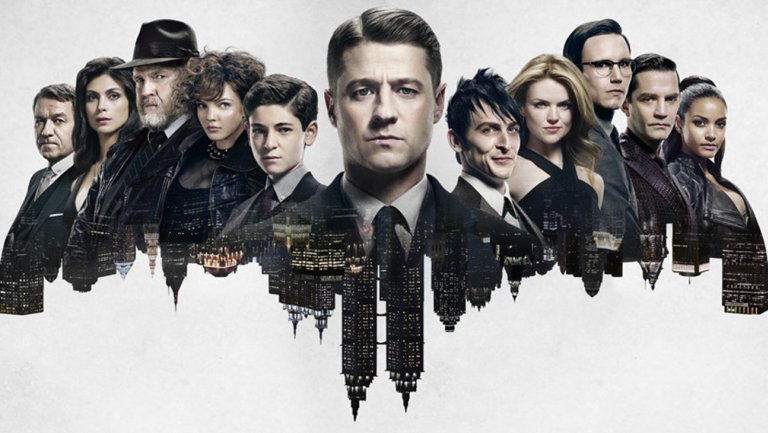
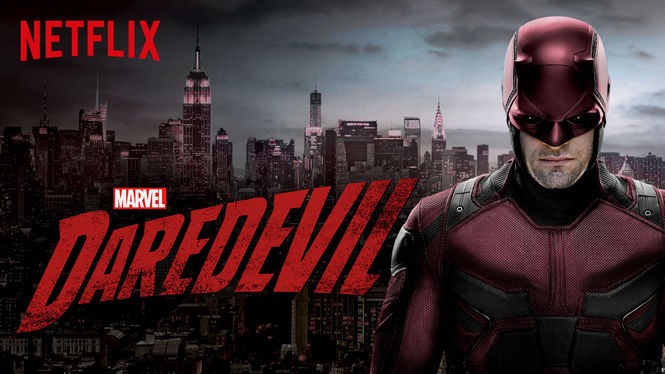


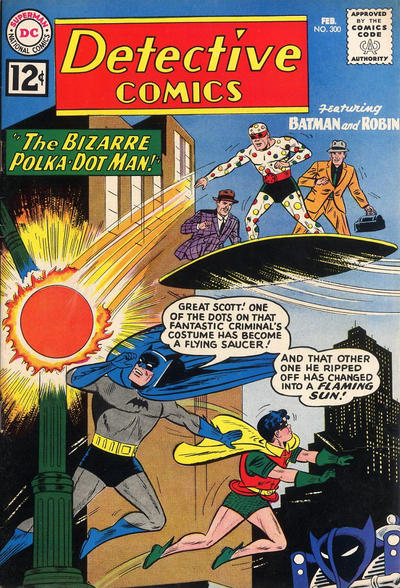


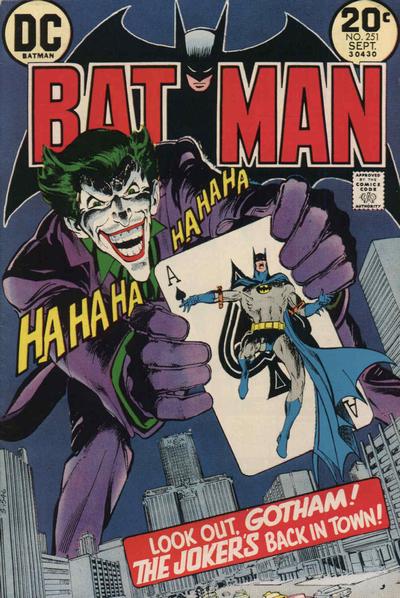
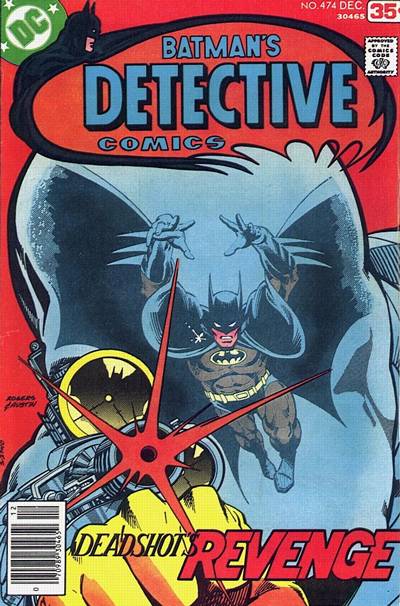

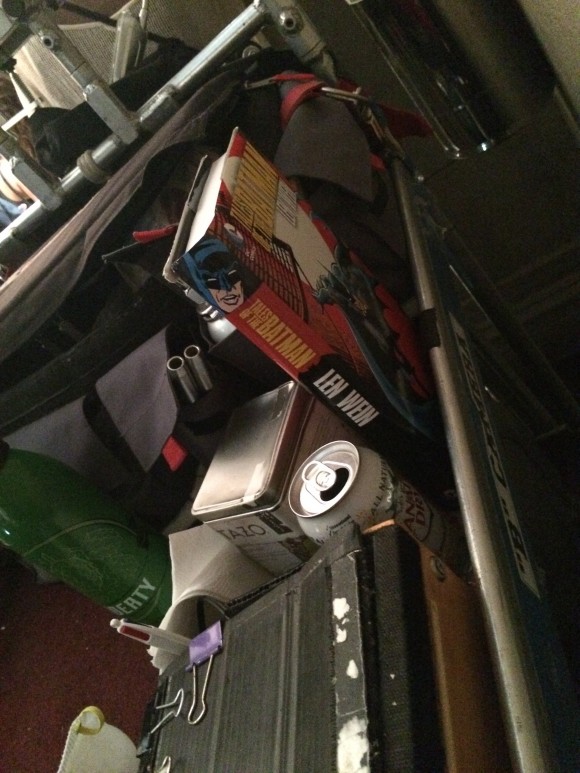
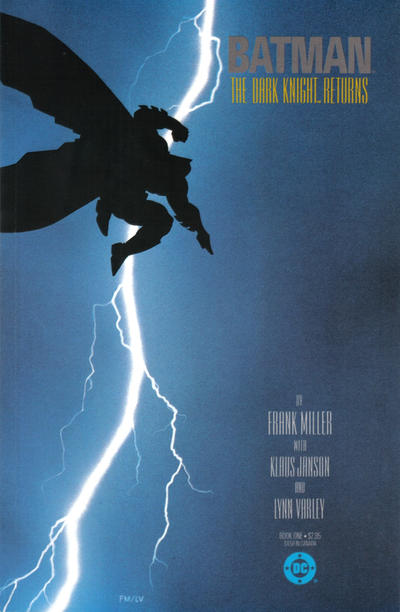
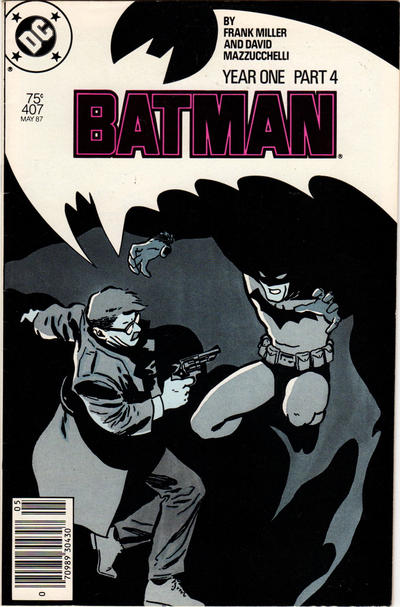
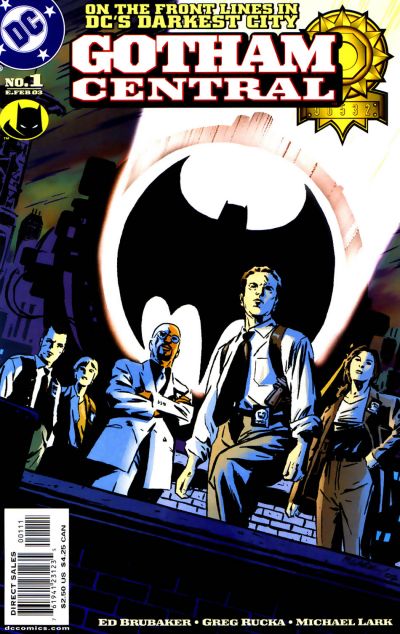
September 20, 2015
Unless I didn’t read correctly my thoughts – I don’t know about his overall editorial or character arc/creative input but I’d say Jim Aparo deserves some mention too. He had an affect on me. For that matter Dick Giordano too.
September 20, 2015
I agree on jim aparo & dick giordano
September 20, 2015
And on a more selfish and quizzical note, I saw Gorshin a the New York Con in 2001. I found a real sub par copy of that Detective 142 with the Riddler in it for a 100 dollars or so. I thought about buying it and bringing it to the table to have Frank sign it. I thought better of it for several reasons.
I saw Frank four more times over the next year and a half. He was starring in a one man show on Broadway on the life of George Burns called “Say Goodnight Gracie”. Even saw him when the show was in Dallas. I’d find a way to talk to him after every show and he remembered me. Just like the first time I met him I never once mentioned Batman or the Riddler. He seemed to like the fact that I knew and asked about things like him filling in for Mel Blanc after he died doing Foghorn Leghorn. That seemed to impress him and I think that’s why he remembered me. It never once dawned on me to mention the Batman part of his career. Frank was also the man!
Still, I wonder what that would’ve done to the value of that book had I gotten him to sign the Riddler’s first appearance. Unique? Never seen anything like it for sale.
September 20, 2015
GREAT post, Dan–very perceptive, detailed and generous assessment of the most important Bat-creators!
September 21, 2015
Nice to see Bob Haney get credit. I know Neal gives him a lot of credit.
September 21, 2015
I think I heard Neal’s voice in my head as I was writing it …